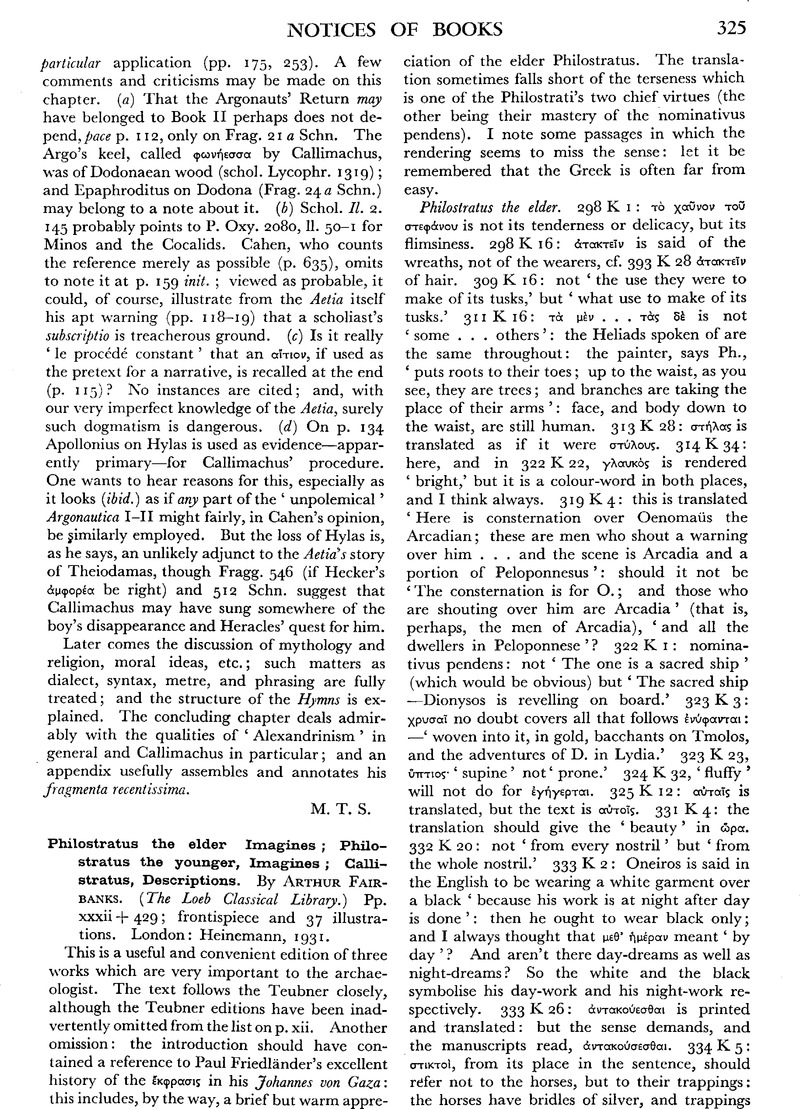No CrossRef data available.
Published online by Cambridge University Press: 18 September 2015

1 After writing this (and changing ‘dogs’ to ‘hounds’), I thought I ought to consult a foxhunter: my friend Mr. G. T. Hutchinson writes as follows:—
‘Normal procedure when hunting by scent. Hounds “find”—either by “drawing” a likely place, or “hunting the drag” of their quarry. Having found, they hunt “in full cry.” But note, that as soon as they are no longer “running in view” the scent may only serve for the leading hounds, who “speak to it”: the rest would follow, but would nol “open,” so there would not be a good cry on a bad scenting-day.
‘Suppose the fox turns, or scent fails on bad scenting-ground. Someover-keen hounds “flash over the line”—still “speaking”—too jealous to own that they have lost it: are these the hounds ![]()
![]() Meanwhile the steady old hounds are “casting” (i.e. searching for the line) or “working it out,” “feathering on the line”—all this in silence. This demands brain—
Meanwhile the steady old hounds are “casting” (i.e. searching for the line) or “working it out,” “feathering on the line”—all this in silence. This demands brain—![]() perhaps “puzzling at the line” might be best.
perhaps “puzzling at the line” might be best.
‘One or more of these tried hounds “hits off the line” or becomes certain enough to “speak” to it the pack races to him; cf. Masefield:
“The keen hounds hurry to the finders,” and the chase proceeds.
‘P.’s last sentence has the idea of hunting with a grin—we have no technical term for this, though Masefield says:
“While over the grass in crowd, in cry, Came the grip teeth grinning to make him die.”
I suppose “grinning” is the poet's idea of hunting with bared teeth.
‘I should be inclined to describe lot I as ![]() in full cry,” lot 2 as
in full cry,” lot 2 as ![]() out the line” and lot 3 as “hunting with bared
out the line” and lot 3 as “hunting with bared ![]()
‘Generally, I'm. inclined to think that in this passage Philostratus is more artist than realist—like the modern Christmas-card artist who depicts the lovely girl galloping or jumping in the middle of the hounds. So P. likes to recall the different aspects of the pack in action, and forgets that these don't in fact occur at the same moment.’